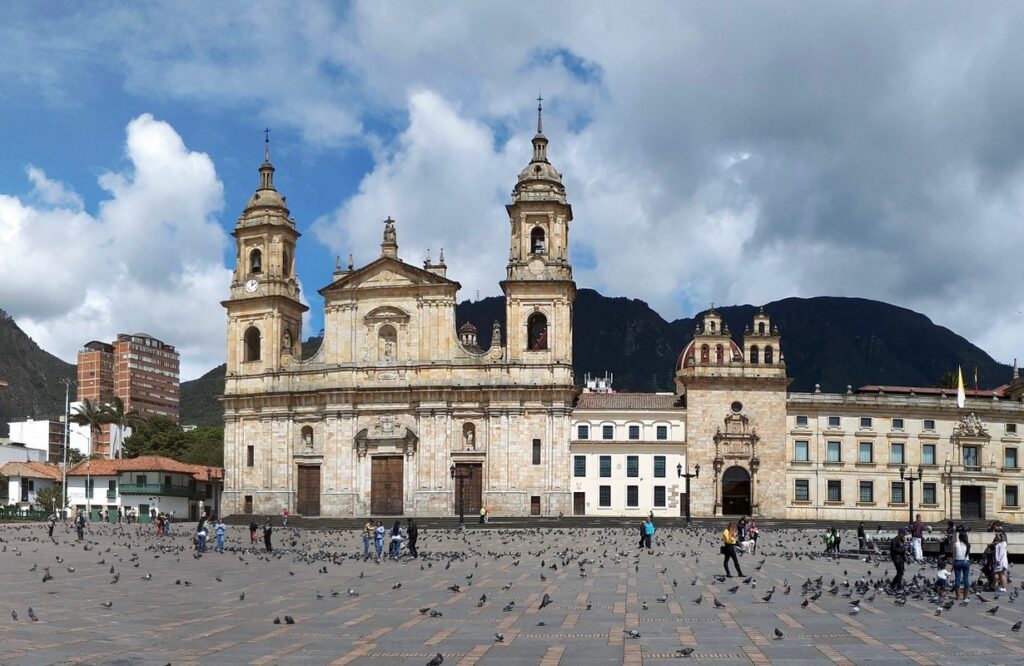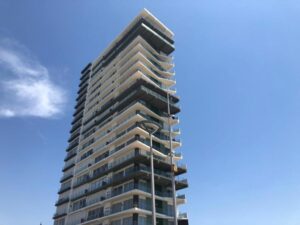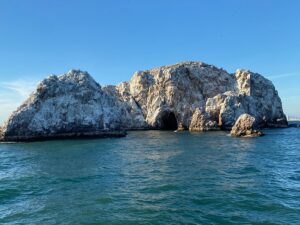Bogotá Plaza Bolívar: Political Heart of Colombia
Nestled in the heart of Bogotá, Colombia’s bustling capital, Plaza Bolívar stands as a testament to the country’s rich history and vibrant culture. This iconic square is not just a central point in the city but also a symbol of Colombia’s political and historical journey. Whether you’re a history buff, a culture enthusiast, or simply a curious traveler, Plaza Bolívar offers a unique glimpse into the soul of Colombia.
What to See
Plaza Bolívar is surrounded by some of Bogotá’s most significant landmarks. The imposing Catedral Primada de Colombia, with its neoclassical architecture, dominates the square. This cathedral is not only a place of worship but also a piece of history, having witnessed numerous pivotal events in Colombia’s past.
Adjacent to the cathedral is the Capitolio Nacional, the seat of Colombia’s Congress. This grand building is a fine example of neoclassical architecture and plays a crucial role in the country’s legislative processes. Visitors can often catch a glimpse of the political proceedings that shape the nation.
On the opposite side of the square, you’ll find the Palacio de Justicia, a modern structure that replaced the original building destroyed during the infamous Palace of Justice siege in 1985. This site serves as a reminder of Colombia’s turbulent past and its journey towards peace and stability.
The square itself is a lively hub, often filled with street performers, vendors, and locals going about their daily routines. It’s a perfect spot to sit back, enjoy a coffee, and soak in the vibrant atmosphere.
A Bit of History and Interesting Facts
Plaza Bolívar has been the epicenter of Bogotá since the city’s founding in 1538. Originally known as Plaza Mayor, it was renamed in honor of Simón Bolívar, the liberator of several South American countries, including Colombia. The square has been a witness to numerous historical events, from independence celebrations to political protests.
One of the most intriguing aspects of Plaza Bolívar is its role in Colombia’s political history. The square has been the stage for many significant events, including the declaration of independence from Spain in 1810. It has also been a focal point for political demonstrations and public gatherings, reflecting the country’s dynamic political landscape.
An interesting fact about the square is the presence of the statue of Simón Bolívar, which was the first public monument erected in Bogotá. This bronze statue, created by Italian sculptor Pietro Tenerani, was unveiled in 1846 and remains a central feature of the plaza.
How to Get There and Tips for First-Time Visitors
Getting to Plaza Bolívar is relatively easy, thanks to Bogotá’s extensive public transportation system. The TransMilenio, Bogotá’s rapid bus transit system, has several stations nearby, including Museo del Oro and Las Aguas. From these stations, it’s a short walk to the square. Taxis and ride-sharing services are also readily available throughout the city.
For first-time visitors, it’s advisable to visit the square during the day when it’s bustling with activity. The area is generally safe, but like any major city, it’s wise to stay vigilant and keep an eye on your belongings. The square is surrounded by several cafes and restaurants, offering a chance to sample local Colombian cuisine.
If you’re interested in exploring further, consider taking a guided tour. Many local guides offer insightful tours that delve into the history and significance of Plaza Bolívar and its surrounding landmarks. This can provide a deeper understanding of the cultural and political importance of the area.
In conclusion, Plaza Bolívar is more than just a square; it’s a living museum of Colombia’s history and a vibrant part of Bogotá’s cultural fabric. Whether you’re exploring the architectural marvels, delving into the country’s political history, or simply enjoying the lively atmosphere, a visit to Plaza Bolívar is an essential part of any trip to Bogotá.








